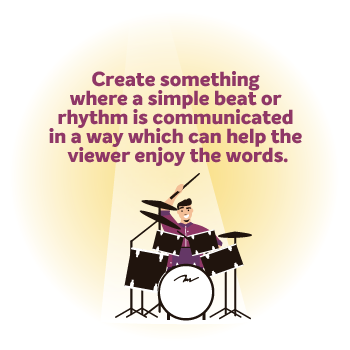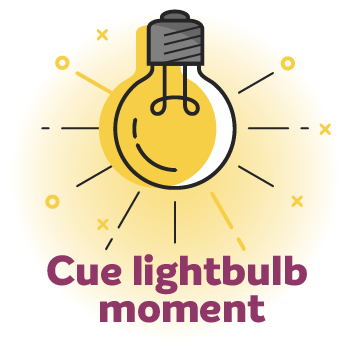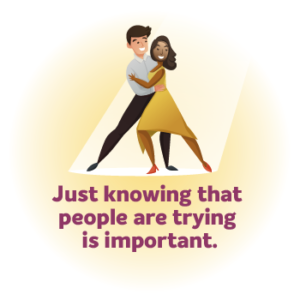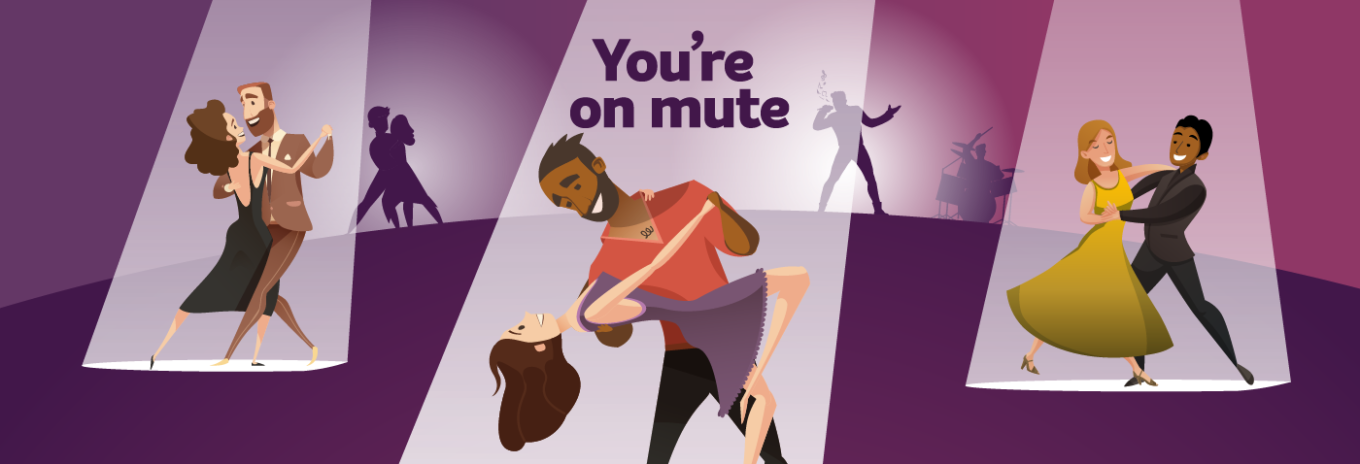I was watching the wonderful Rose Ayling Ellis and Giovanni Pernice performing a fantastic high tempo dance on Strictly Come Dancing and was delighted at all the effort the cast and crew were going to, to make sure Rose could understand what others were experiencing. And it got me thinking …
If I was asked ‘what’s the 2021 phrase of the year?” I would possibly have joked before and said mine would have been “you’re on mute” due to all the gesturing to the camera that we all do in our online meetings. It happened again to me just the other day. I was chatting away and that little microphone button was scored through and no one heard a thing. I know I’m not alone in this little mishap. But what do these calls mean to someone that can’t hear and how do they manage in everyday life when everyone is ‘on mute’?
Over 5% of the world’s population – or 430 million people – have some form of ‘disabling’ hearing loss so it is a reality for many.
Accessibility has always been important to us but with the spotlight being shone on inclusion through programmes like Strictly, and with Celebrity Masterchef welcoming a blind chef for the first time in 2020, this has made me think differently again and reflect on how this is even more important now. While pondering how inclusion, or if you are the one being excluded, affects team dynamics and happiness.
So what are shows like Strictly teaching us as communicators? What can we learn from our time in virtual meetings? And what else is possible we haven’t thought about before?
Challenge 1) If we started things differently and created a digital campaign that we know would never be heard what would that look and feel like to the intended audience?
We take steps to make our campaigns easy to read and our digital comms more accessible and transitions slower but what about things that rely on a beat or a rhythm to be understood? A backing track on an animation or something that sets the feeling and mood for the piece? How could deaf or hard of hearing interpret the story?
Top tip: It’s not always about words. Think about the use of sign language interpreters, or music interpreters or create something where a simple beat or rhythm is communicated in some way which can help the viewer enjoy the words or animated story on screen. Surrey County Council Make it Happen campaign does just that.
If you have 5 minutes watch Saheem Sanchez give an insight into his life as a deaf dancer, being happy through music and feeling the beat.
Challenge 2) Do we really know what people need? As a communicators have you done your research? Or are you making assumptions?
There are more great apps and websites out there to help people but there are many other areas to think about. There are also some great charities that offer training and tailored support for business customers.
Top Tip: Get to know people a little better. The RNID are asking those with hearing loss to create their own digital communications card they can show people to get them to communicate with that individual in the most effective manner. If this is someone in your team it’s worth getting their input. Incidentally, the ‘ how to use digital cards’ explanation video was all in BSL and it was interesting, and a little frustrating, that I couldn’t understand any of what was being communicated! Cue lightbulb moment!
Challenge 3) How do we create happy teams to get happy results? How can we spread a little happiness in team meetings? How do those that don’t ‘get’ every bit of info, or the little nuances or jokes feel more involved?
If Strictly is teaching me anything it’s that not feeling invisible and people making a real effort and going that extra mile will give those like Rose that extra burst of happy chemicals she needs to work hard(er). 
Top tip: They say happiness begins at ‘home’ and inclusion is a great place to start. While we are focusing on those with hearing loss there are many team members that need help and support to reinvigorate those lost happy chemicals. The Alive happiness blogs and our happiness infographic have some useful tips. Watch out for #Yesvember coming soon with more on positivity and happiness.
Final thought: If you do want to learn a little sign language to chat to a colleague online make sure you have set your screen to be able to see the bottom half of the sternum as many signs are created in that area.
Oh, and just in case it’s useful, the sign for mute means ‘you can’t (or choose not to) talk using your voice’ and involves you covering your mouth with a clenched hand. ASL version. It might come in handy next meeting. 🙂
Lots of love, Ally x
















